Suzume (voiced by Nanoka Hara), like many characters in children’s stories, is an orphan who one day discovers that there is much more to the world than she ever imagined. Perhaps that is not quite accurate. An early sequence depicts a childhood memory, one of a little girl wandering around a ruined town in search of her mother, only to end up on an idyllic hillside with a strange, near-faceless woman walking toward her. This memory will come to have resonance with, and be important to, the many wonders Suzume is to encounter.
Still, the 17-year-old has no reason to expect anything unusual when she heads down the hill to school and comes across a genuinely gorgeous man, Souta (Hokuto Matsumura), who she has never seen before. He asks her if she knows where any ruins are, and she directs him to an abandoned town on the other side of the mountain, and once he is out of sight, she quickly sets off after him.
In this ruined town, there is a door that stands mysteriously in a large, shallow pool. When Suzume opens it, she sees before her a marvelous meadow with a star-filled sky above it, but she continually fails to step inside of it even though she tries, ending up again and again on the other side of the door, standing in the pool. Matters quickly get nuttier. A cat-shaped stone appears, and after Suzume holds it, it turns into an actual cat. More dramatically, a giant, purple tube (the Worm) comes roaring out of the door and threatens to engulf the city before Souta comes back to shut the door and the Worm with it.
Souta is a “closer,” whose task it is to travel around closing these doors to keep disaster from destroying the world. Soon, he and Suzume are running across Japan trying to close these doors, which are opening at an alarming rate, as well as trying to return Souta to his human form after he has been turned into a three-legged chair.
Whether depicting otherworldly images, like the door in the middle of the pool or the city, which lies between the mountains and the sea, the animation is deeply impressive, bringing images into focus with precision and subtlety. Indeed, some visuals of the supposedly mundane are the most enchanting. The water, for instance, is full of glittering light and reflections, and many shots are gorgeously framed with exquisite attention to depth. More than once, I caught myself blinking and wondering when animation was this good.
The story itself is deeply sincere and incredibly sentimental. Every emotional climax is accompanied by bombastic music. Characters almost always speak from the depths of their hearts. If taken on these terms, I’d say the movie’s essentially successful. It is probably best seen as a film for children or early teens. The pace is fast, and there are enough amusing details (the technicalities of Souta’s existence as a chair), weird twists (the mixed motives of the previously mentioned cat), and eruptions of the fantastical to hold viewers’ attention. The second half becomes much more of an emotional journey, with far less danger. Once the platitudes rose even more fully to the surface, I found it much harder to stay engaged. Still, for a younger audience, I imagine that none of this will stand in the way.
What I found myself thinking about the most, however, was the way the film managed to dramatize the way world-ending danger underlies contemporary existence—in short, how fragile everyday life is. This is not uncommon in fantasy or horror stories. Perhaps the completeness of the city depicted here brought the idea to the forefront more so than usual. It is bad form to wish that a director had made a different movie, but this one left me curious as to what other stories could have emerged from Suzume’s given circumstances.

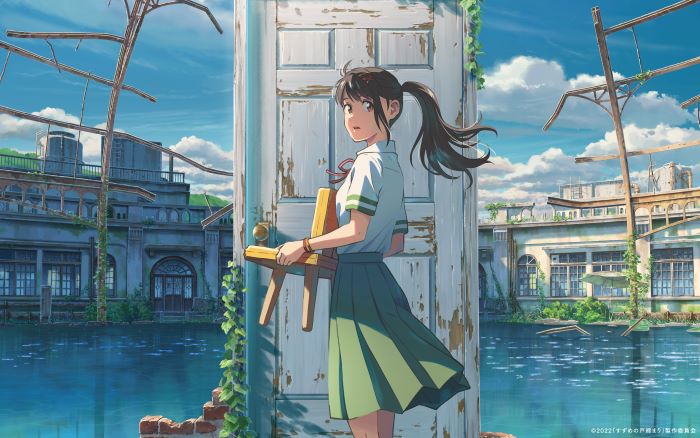
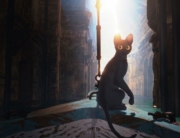
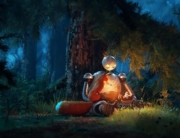

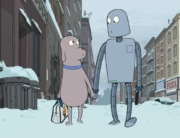
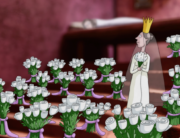
Leave A Comment